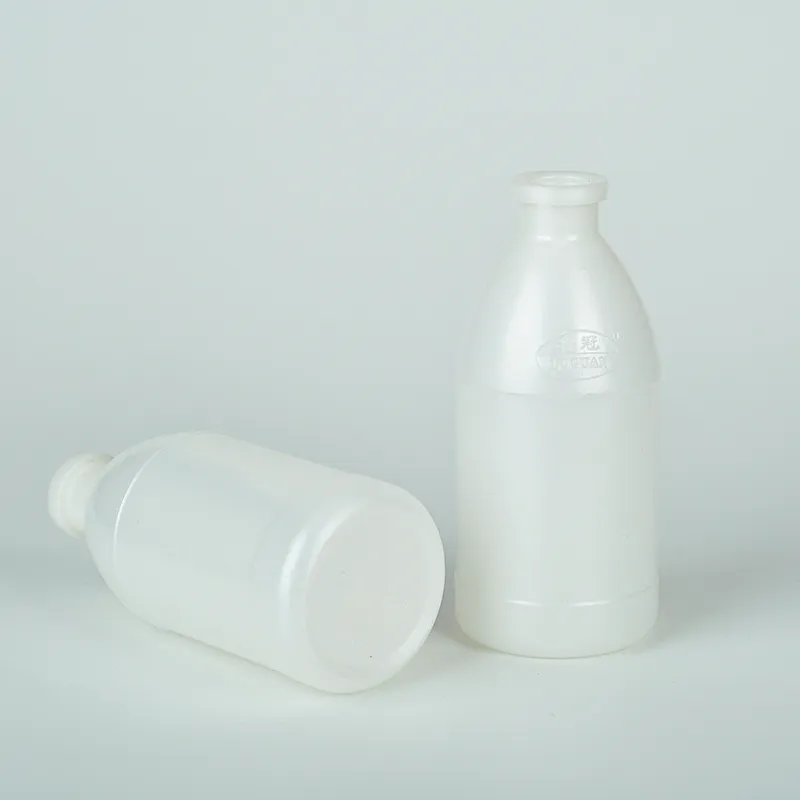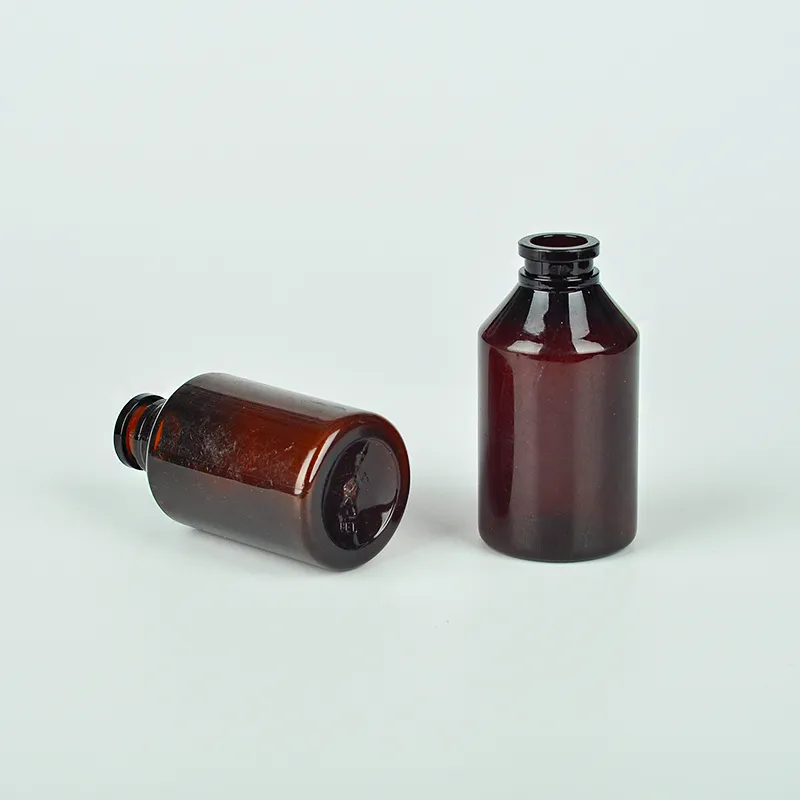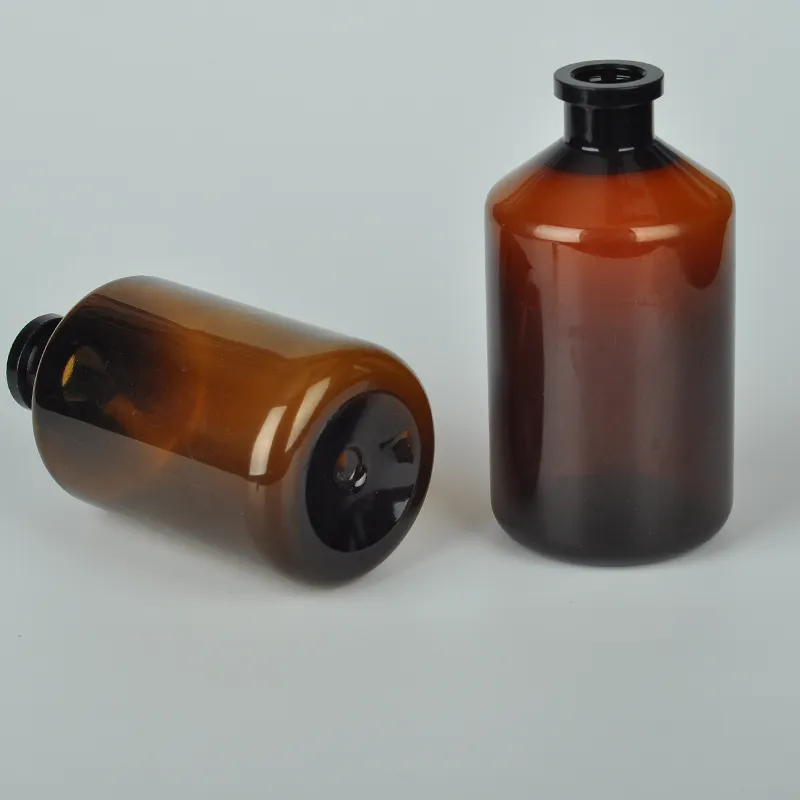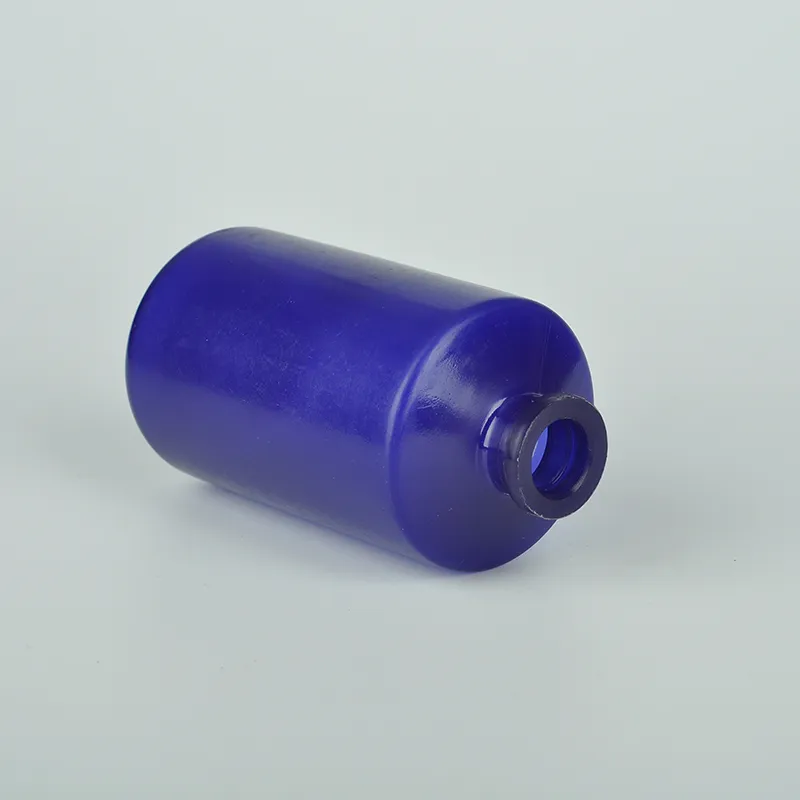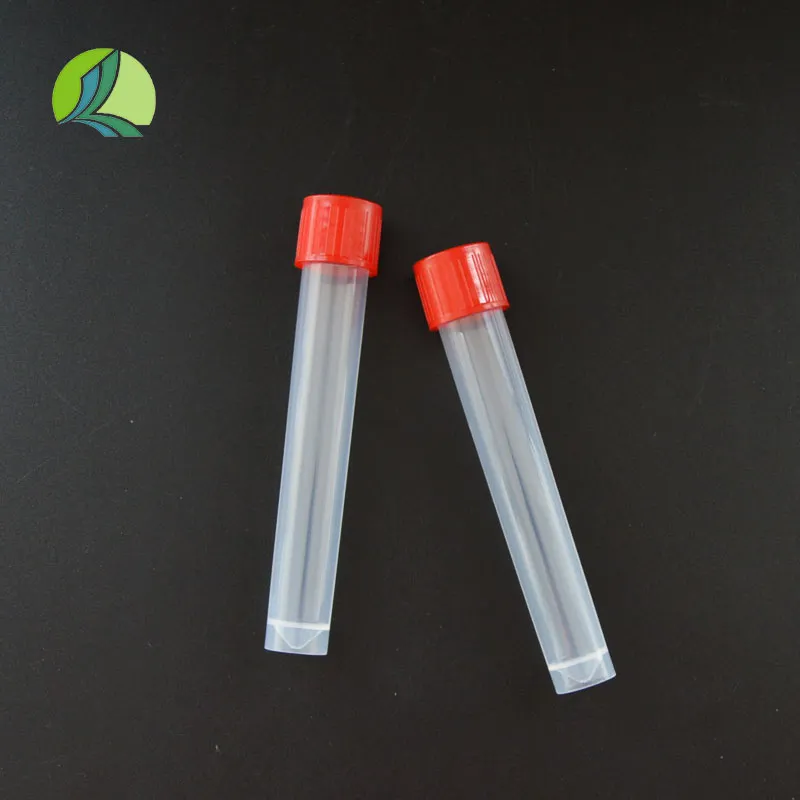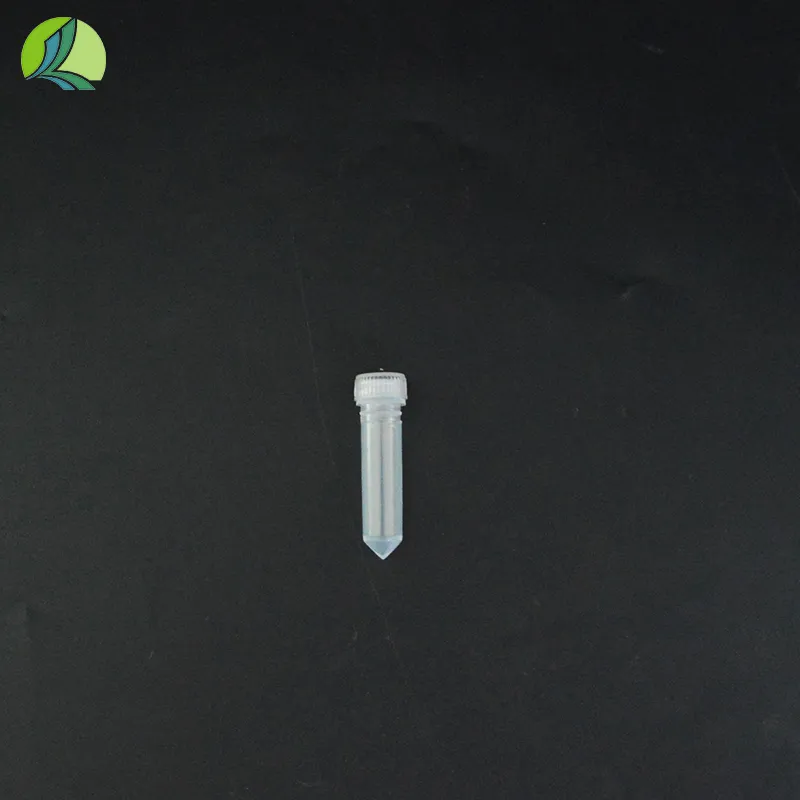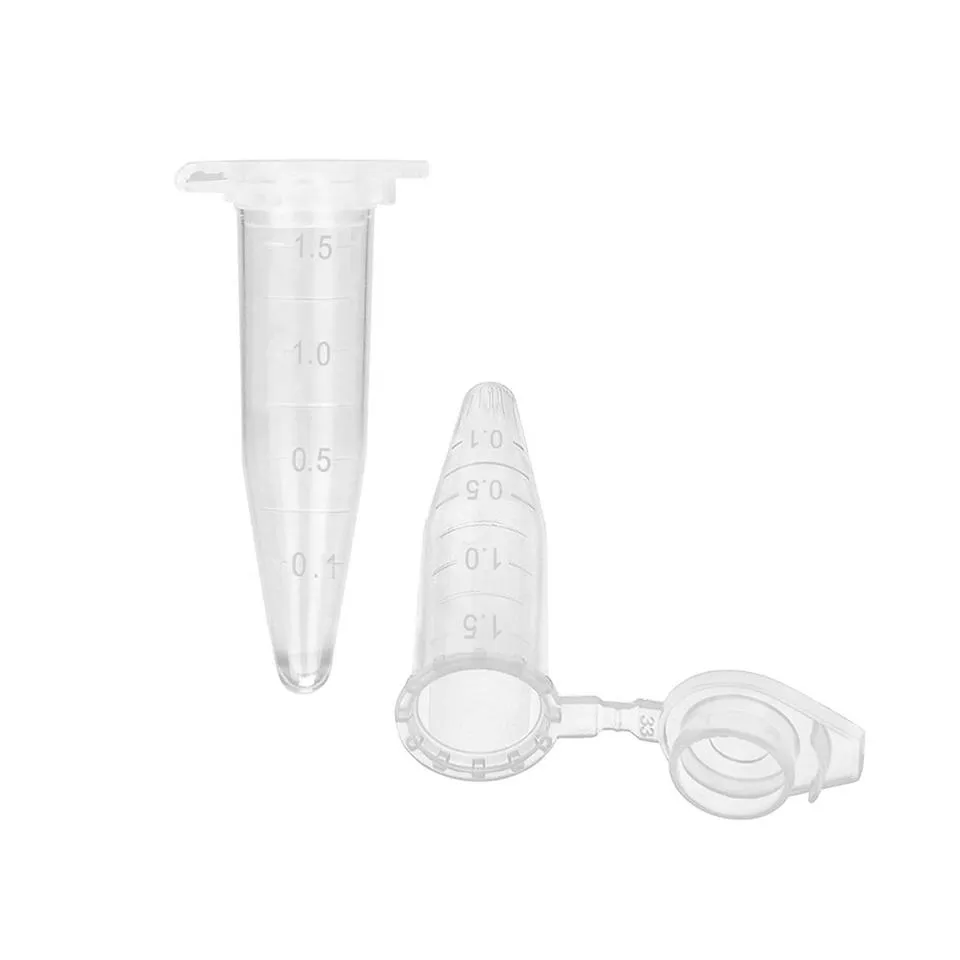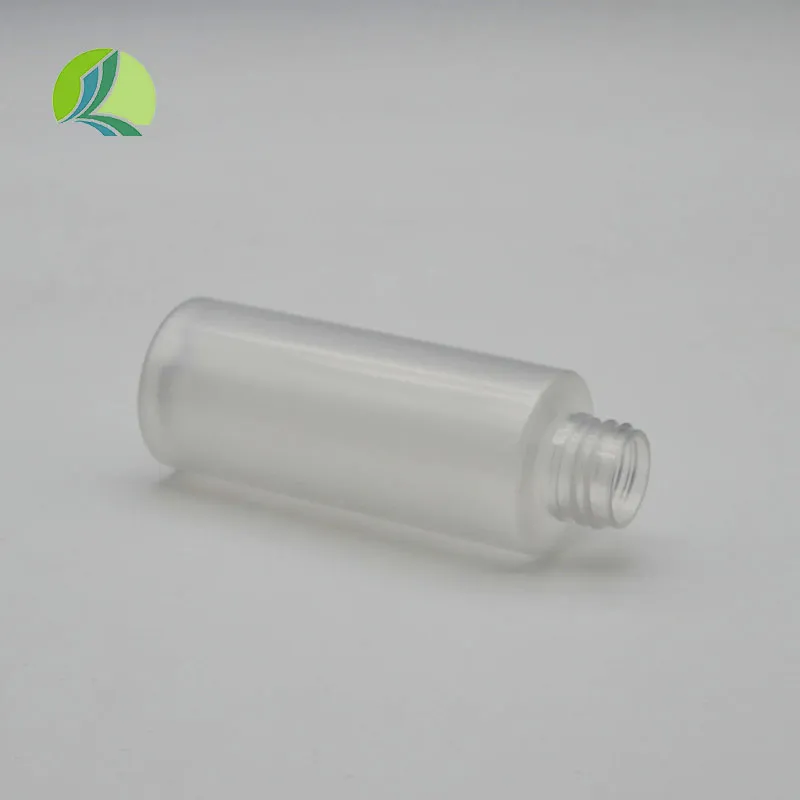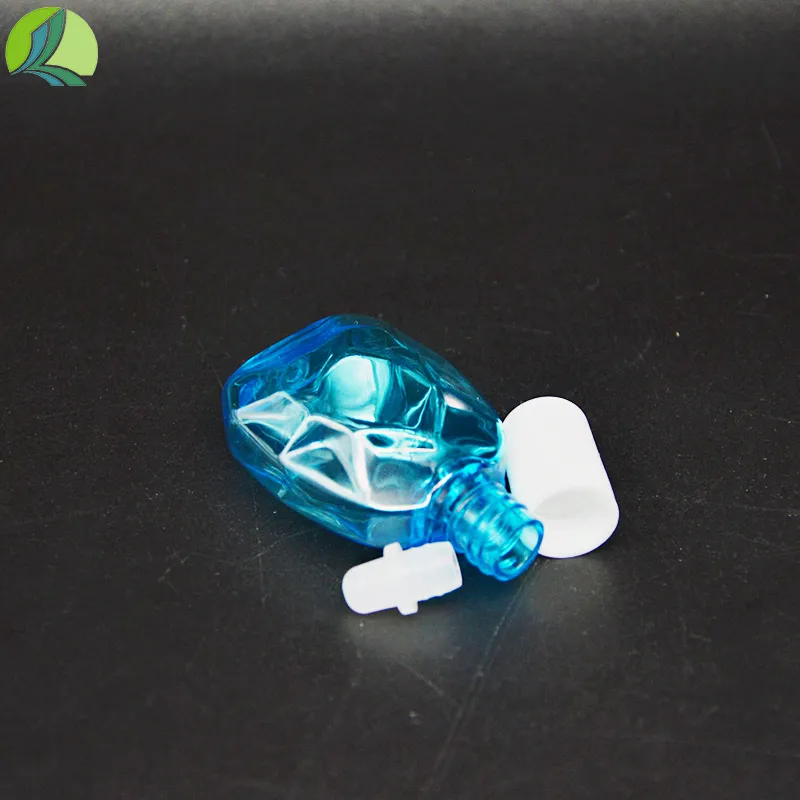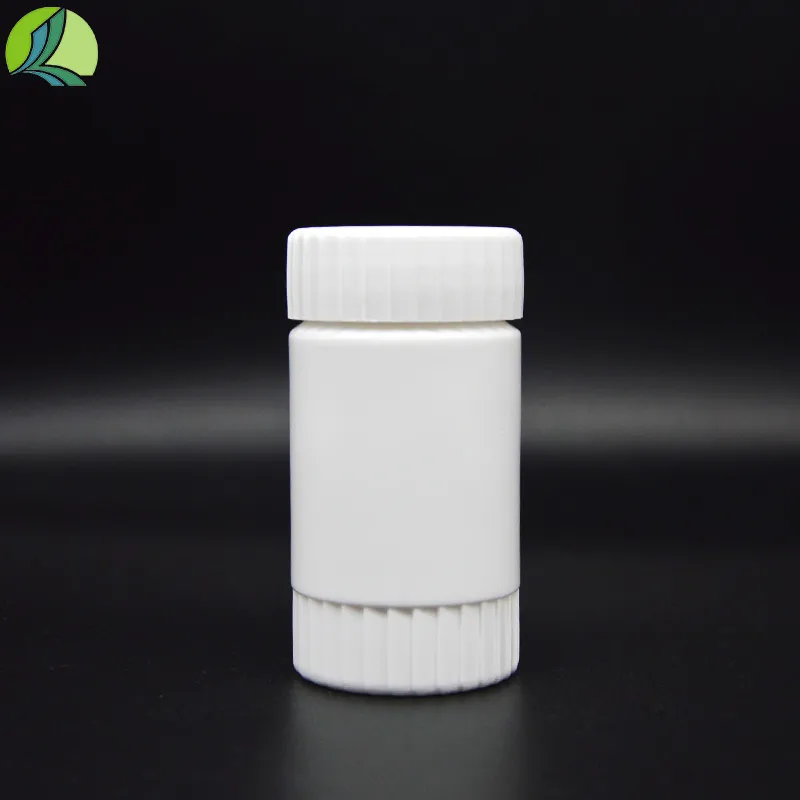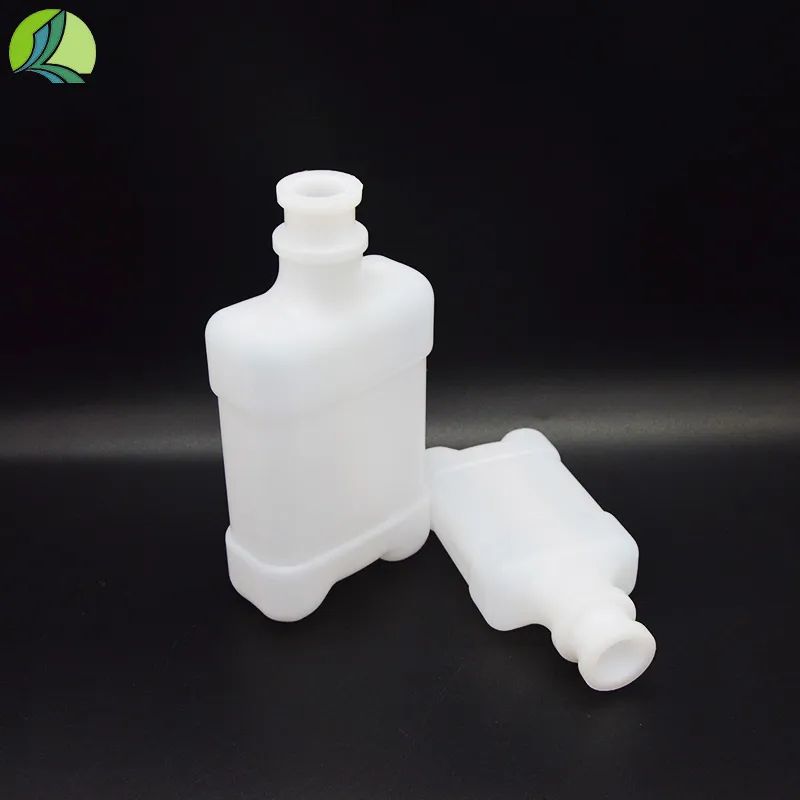centrifuge supplies
Understanding Centrifuge Supplies An Essential Component for Laboratories
Centrifuges are pivotal instruments in laboratories across various scientific fields including biology, chemistry, and clinical diagnostics. They operate by spinning samples at high speeds, creating a strong gravitational force that separates components based on their density. This separation process is crucial for tasks like isolating DNA, purifying proteins, and concentrating cells. To effectively utilize centrifuges, however, researchers must understand the supplies and accessories that accompany these essential devices.
Types of Centrifuge Supplies
1. Centrifuge Tubes These are specifically designed to withstand the forces generated during centrifugation. They come in various materials such as polypropylene and glass, and are available in different sizes to accommodate various sample volumes. Polypropylene tubes are particularly popular due to their high strength, low-density, and excellent chemical resistance.
2. Rotors The rotor is the part of the centrifuge that holds the samples during spinning. There are several types of rotors, including fixed-angle, swing-out, and vertical rotors, each designed for different applications. Fixed-angle rotors are ideal for separating components of similar densities, while swing-out rotors allow for a more thorough separation by allowing samples to settle vertically.
3. Adapters and Inserts Depending on the size of the centrifuge tubes being used, adapters and inserts may be necessary to fit smaller tubes into larger rotors. This is particularly useful when working with various sample sizes or types, ensuring optimal utilization of the centrifuge.
4. Labels and Markers Proper labeling of samples is crucial in any laboratory setting to avoid mix-ups and ensure accurate results. Waterproof and chemical-resistant labels are essential for samples placed in centrifuges, as they must endure the harsh conditions often present during centrifugation.
centrifuge supplies

5. Centrifuge Racks and Holders To safely and effectively store and transport samples before and after centrifugation, racks and holders are essential. They help prevent tubes from breaking or spilling, providing an organized system to manage multiple samples.
Importance of Quality
Investing in high-quality centrifuge supplies is paramount, as the integrity of results depends significantly on the equipment used during the separation process. Low-quality tubes or rotors can lead to sample contamination, loss of yield, or even damage to the centrifuge itself. Researchers should look for supplies that meet industry standards and are compatible with their specific centrifuge models.
Maintenance and Safety
Proper maintenance of centrifuge supplies is equally important for ensuring that they function correctly and last longer. Regular cleaning and inspection of rotors, tubes, and other accessories can prevent the buildup of residues that may interfere with experiments. Additionally, laboratories should adhere to safety protocols, especially while handling samples that might contain hazardous materials.
Conclusion
Centrifuge supplies are more than just accessories; they are integral to the success of laboratory processes. From tubes and rotors to labels and racks, each component plays a role in ensuring the effective separation and analysis of samples. Researchers must prioritize quality, safety, and appropriate maintenance of centrifuge supplies to yield accurate and reliable results. As technology advances, it is essential for labs to stay updated on the latest solutions and materials, ensuring they remain equipped to tackle the challenges of modern scientific inquiry. Understanding and managing centrifuge supplies will enhance productivity and improve outcomes, ultimately driving forward the discoveries made in laboratories around the world.
-
Aesthetic Makeup Spray Bottles | Fine Mist Empty RefillableNewsAug.19,2025
-
White Plastic Veterinary Vaccine Vials | Lab Liquid BottlesNewsAug.18,2025
-
Plastic Medicine Liquid Bottle: Secure Flip Top Drug VialsNewsAug.17,2025
-
Durable 250ml Blue Plastic Vaccine Vial for Lab & Vet UseNewsAug.16,2025
-
Sterile Virus Sample Tubes: Secure & Reliable Specimen CollectionNewsAug.15,2025
-
White 250ml Plastic Vaccine Vial for Lab & Vet MedicineNewsAug.14,2025









